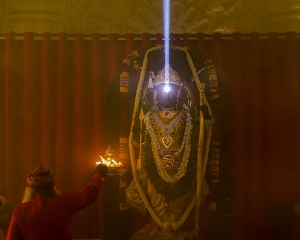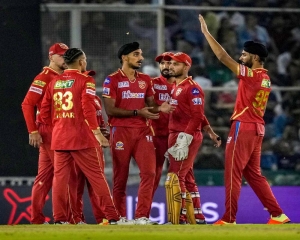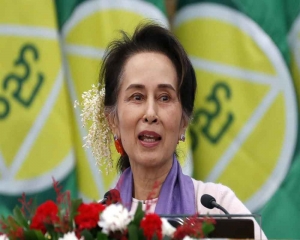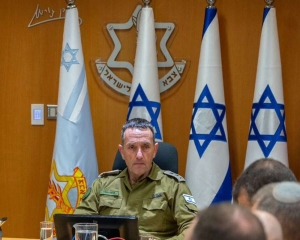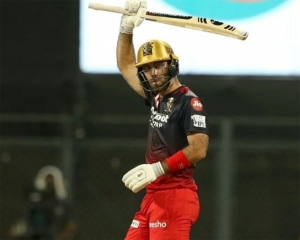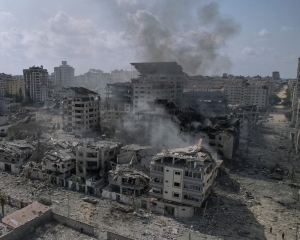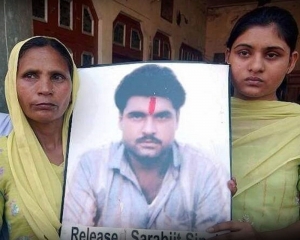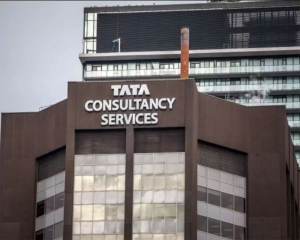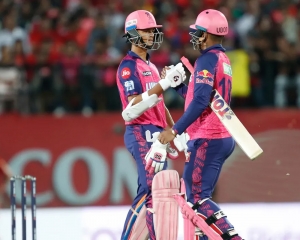The urban apathy cited by the Election Commission during the Himachal and Gujarat polls was seen in the MCD elections in Delhi too. Polling centres situated in upper class localities in the national Capital recorded a very poor voter turnout on December 4.
The State Election Commission (SEC) data showed that Andrews Ganj recorded 33.74 per cent voter turnout.
Upper strata centres in East Delhi including Preet Vihar, Laxmi Nagar, Patparganj, Dilshad Garden, and Yamuna Vihar recorded 47.72 per cent, 49.02 per cent, 47.75 per cent, 49.75 per cent, and 49.11 polling respectively.
On the other hand, unauthorised colonies in the city recorded a higher percentage of voting as compared to the upper strata areas. “Among unauthorised colonies in Delhi, Sabapur area recorded 53.2 per cent voter turnout, while 53.96 per cent voting was registered in Sonia Vihar, Karawal Nagar West reported 55.61 per cent voting, Sadatpur recorded 53.28 polling and Sri Ram Colony registered 56.17 per cent turnout,” said the SEC data. Brijpuri saw 62.95 per cent voting and Nehru Vihar recorded 61.95 per cent voter turnout.
Significantly, areas dominated by minorities reported an even larger voter turnout with Brahampuri reporting 54.53 per cent polling.
“Welcome colony has seen 58.79 per cent of voters casting their vote, while Seelampur has reported a 61.64 per cent voter turnout in the area,” the data read.
Violence-hit Jahangirpuri also reported a 52.94 per cent voter turnout, which is an impressive number.
“Bhalaswa saw 54.08 per cent turnout, while Sarup Nagar witnessed 57.65 per cent of voting for the MCD elections,” said the SEC data.
The people living in the rural areas of the national Capital also came all out to franchise their exercise as compared to the upper strata areas, with Bankner reporting 57.27 per cent polling.
The ward-wise data released by the SEC showed that Narela ward recorded 53.65 per cent voitng; Holambi Kalan 50.87 per cent; Burari 52. 31 per cent; Kadipur 53.49 per cent and Mukundpur 50.28 per cent polling.
The wedding season, cold winter mornings and India-Bangladesh ODI, may also be some of the other reasons for a low voter turnout in Delhi. Besides, the reported missing names from the voter’s list may be another reason for the poor turnout.
Delhi has historically seen low turnouts at municipal polls. In 2007, only around 45 per cent of those eligible turned up to vote. In 2012 and 2017, this increased to around 54 per cent. The turnout for the 2020 Assembly polls was 62.59 per cent. Bakhtawarpur reported 64.3 per cent the highest number of female voters, while Guru Har kisan reported the lowest number of female voters with just 40.76 per cent.













